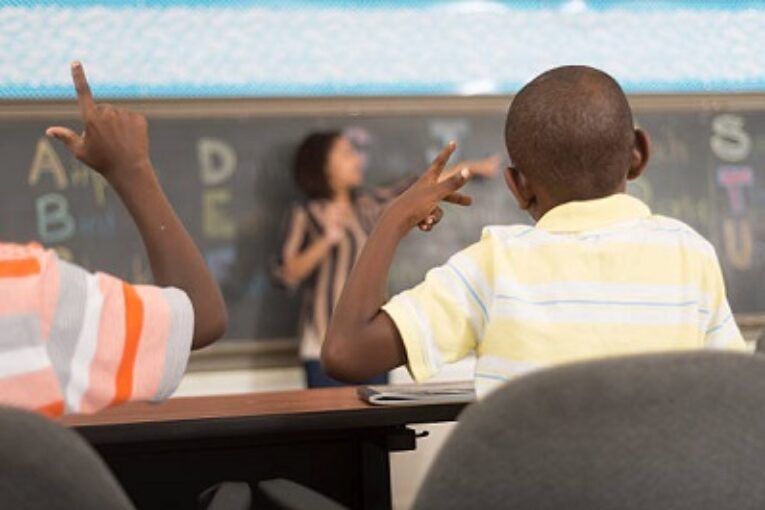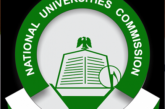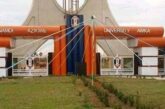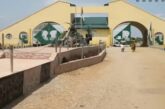
The Deaf community has renewed calls for the compulsory teaching of sign language in all Nigerian schools and for a stronger collaboration between mainstream teachers and special education teachers, saying true inclusion remains impossible without these reforms.
They made the demand on Wednesday at a press conference in Lagos, ahead of the All Africa Deaf Arts Festival 4.0, scheduled to hold from December 1 to 6 in Oyo State.
Speaking at the briefing, Diversity, Equity, Inclusion and Belonging strategist, Dr Akhere Akran, stressed that Nigeria’s inclusion efforts remain largely symbolic, as many mainstream teachers are not equipped to support deaf learners.
Akran said, “Every teacher has to have a certain amount of sign language. “There must be a significant synergy between mainstream and special education teachers if you want inclusion to be successful.”
Akran insisted that sign language must be taught the same way English and Mathematics are taught.
“I have a school, and sign language is a compulsory subject. It’s as compulsory as maths and English. Why? This is because we understand that there are people who communicate differently. It doesn’t make them less.”
She criticised the tokenism of the inclusion of people with disabilities in many institutions.
“What we do out there is tokenistic, just to tick a compliance box. And after that, they are gone,” she said, adding that many deaf graduates remain unemployed despite policy promises.
“We are different, but not less,” Akran said. “If we empathise, we won’t be talking about inclusion and exclusion in 2025.”
Akran commended the Lagos State Office of Disability Affairs for its ongoing interventions but stressed that “policy and practice are different.”
Akran also highlighted financial constraints faced by the foundation.
“We need grants,” she said. “Can the government help us get a facility? We want a Deaf village where we can accommodate these youths, train and empower them in their space.”
She explained that Deaf dancers depend heavily on vibration, making rehearsal logistics costly.
“At the first South African Deaf Arts Festival, we doubled the speakers so that the vibration and sound could be felt. It cost us a lot, but we are here. This is 4.0, and we’re not giving up anytime soon.”
Also speaking, Executive Director of Seams Deaf-Pro Foundation, Mr Samuel James, lamented the absence of sustainable structures that allow deaf youths to build skills, earn a living and contribute meaningfully to Africa’s creative economy.
“I have watched talented Deaf creatives struggle, not because they lack ability, but because they lack access, platforms, mentorship, and systems that recognise their potential,” he said. “This passion, and my own lived experience with the deaf community, is the foundation upon which this festival was built.”
James said this year’s festival will feature over 100 deaf and youth with disabilities who will participate in immersive masterclasses and creative camps between December 1 and 5 at the Federal College of Education (Special), Oyo.
Participants will train in visual arts, digital arts and new media, traditional arts, dance techniques, dramatic expression, creative leadership, career development, and stagecraft.
On December 6, the Wole Soyinka Arts Theatre, University of Ibadan, will host performances, exhibitions, films and fusion presentations.
“This edition brings together artists and creatives with disabilities from Nigeria, Ghana, South Africa and across the continent, all united by resilience, creativity, and a shared dream of a more inclusive arts ecosystem,” James said.
Founder of Light Work Media House, Ade Oyeyipo, said the media must play a bigger role in reshaping public understanding.
“The average person doesn’t understand. Sign language should be a basic course in school,” she said.
She noted that during a visit to a special school in Osun, she found only one sign language interpreter for the entire school.
“We cannot keep waiting for the government. We need private organisations and individuals to collaborate. Somebody needs to do it.”
The press conference saw several Deaf creatives share their lived experiences.
Omowunmi Otunuyi of Seams Deaf-Pro Foundation said, “I’ve faced a lot of challenges. People see us as semi-human, but it doesn’t matter because whatever they can do, I can do in my own way. I do more rehearsals than the regular people. I feel the vibrations and create a dance with that, and it is amazing. We need people to love us the way we are.”
David Usoro of Deaf Can Dance explained how the dancers rehearse:
“If it’s heavy and slow, I can feel the vibration. We rehearse often… we make mistakes, we go again until Mr Samuel says, ‘It’s perfect.’ We once competed with hearing dancers and came second… and everyone knew we should have been first.”
Choreographer Omotosho Olabanji explained how deaf dancers achieve perfect synchronisation.
“I give them the visuals of what I want. We time them with the music they work with vibration and excitement,” he said.
Punchng




